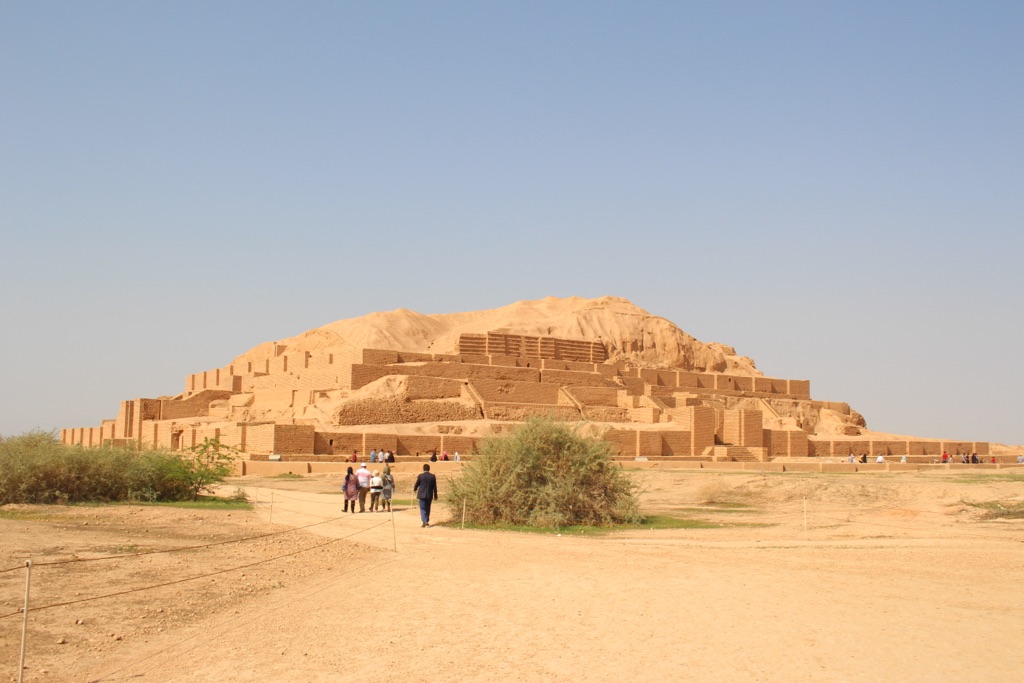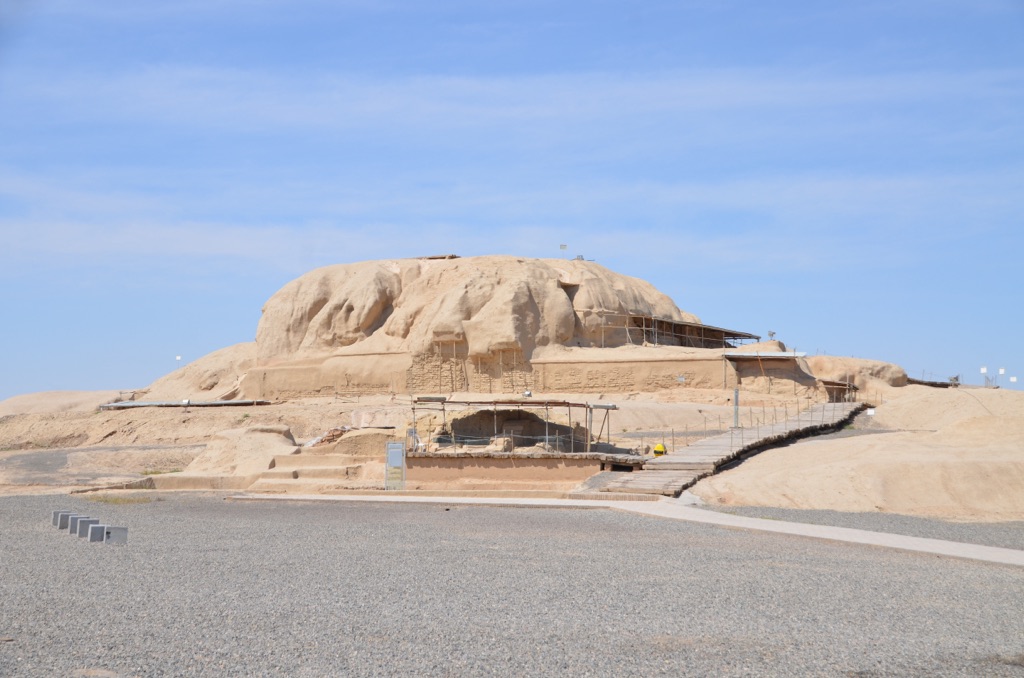The Tepe Sialk ziggurat stands as a testament to the architectural ingenuity of ancient civilizations. Located in modern-day Iran, this ancient structure is a remnant of the once-thriving Elamite civilization. The ziggurat’s ruins hint at a complex society with advanced knowledge of building techniques. Over time, it has sparked the curiosity of historians and archaeologists alike, eager to unravel its mysteries and the stories of the people who built it.
Elamite Civilisation
The Elamite civilization, one of the oldest recorded in history, flourished in the region known today as southwestern Iran. Its timeline stretches impressively from around 3200 BC to 539 BC, marking it as a significant player in the ancient Near Eastern world. The Elamites established their civilization in a fertile area, which allowed them to develop a sophisticated society with a strong emphasis on agriculture, trade, and the crafting of intricate artifacts.
Elam’s history is punctuated by its fluctuating fortunes in warfare and diplomacy, often finding itself in conflict or alliance with the major powers of the region, including Mesopotamian city-states, the Akkadian Empire, and later, the Babylonians and Assyrians. One of the major moments in Elamite history was its conquest of the city of Ur in 2004 BC, which marked the peak of Elamite power under the rule of King Kindattu, the third king of the Shimashki dynasty. This victory, however, also sowed the seeds for future conflicts with Mesopotamian states.
Religion played a central role in Elamite society, with a pantheon of gods similar to but distinct from those of their Mesopotamian neighbors. The chief deity was Inshushinak, the god of Susa, one of Elam’s principal cities. Religious practices included elaborate rituals and the construction of monumental temples, evidence of which has been uncovered in archaeological excavations at sites such as Chogha Zanbil, a UNESCO World Heritage site.
Social and daily life in Elam was marked by a division between the ruling class, priests, and the common people, including farmers, artisans, and traders. The Elamites developed a system of writing, initially adopting and then adapting the cuneiform script of Mesopotamia for their language, which remains only partially understood. This script was used for administrative and religious texts, providing insight into the complexities of Elamite society and its interactions with neighboring cultures.
The Elamite civilization was ruled by a succession of dynasties, with kings and, in some cases, queens wielding power. The political structure was characterized by a combination of centralized authority under the king and a degree of regional autonomy for various city-states within Elam. This balance of power could shift dramatically with the rise and fall of strong rulers, such as Untash-Napirisha, who reigned in the 13th century BC and is known for his extensive building projects, including the religious complex at Chogha Zanbil.
Elam’s interactions with neighboring states were not limited to warfare; they also engaged in extensive trade networks that connected them with the civilizations of the Indus Valley, Mesopotamia, and Anatolia. These connections facilitated not only the exchange of goods but also cultural and technological influences, which played a role in the development of Elamite society.
The decline of the Elamite civilization began in the 1st millennium BC, culminating in its conquest by the Persian king Cyrus the Great in 539 BC. This marked the end of Elam as an independent entity, though Elamite influence persisted in the region through its integration into the Achaemenid Empire. The legacy of the Elamites, from their contributions to art and architecture to their role in the complex interplay of ancient Near Eastern powers, remains a subject of fascination for historians and archaeologists.
Despite the eventual fall of Elam, its civilization remains a testament to the resilience and complexity of ancient societies. The Elamites created a unique culture that stood at the crossroads of the ancient world, influencing and being influenced by their neighbors. Their achievements in governance, religion, and the arts continue to provide valuable insights into the rich tapestry of human history in the Near East.

Chogha Zanbil
Chogha Zanbil is an ancient Elamite complex in the Khuzestan province of Iran. This site, one of the few extant ziggurats outside of Mesopotamia, was built around 1250 BC by the king Untash-Napirisha. Originally named Dur Untash, it was a religious center dedicated to the Elamite divinities Inshushinak and Napirisha. Chogha Zanbil remains one of the most significant testimonies to the Elamite civilization and was one of the first Iranian sites to be inscribed on the UNESCO World Heritage List in 1979.

